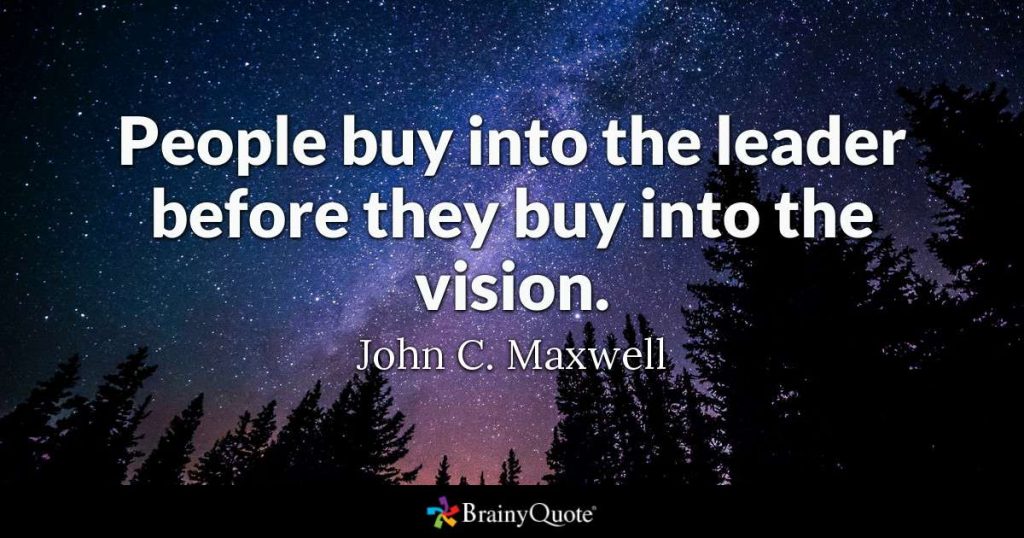Stability in business is almost a thing of the past with increasingly rapid technological developments, a sharper focus on improving efficiencies, globalisation and now the potential impact of Brexit.
While organisational change has become part and parcel of daily life, it still faces employee resistance especially when it is caused by external forces. This resistance is natural as it causes anxiety and fear when your routines are changed. Even when you instigate change for yourself either in your personal life or professionally, the changes required to achieve this can be hard particularly when changing your own habits. So when implementing change in your organisation, imagine the collective level of anxiety and fear among your employees, your team, when they are advised of changes to the ‘way things are done now’!

There are many change models and frameworks to guide organisations in leading their people through change, but there is one key person in the organisation who tends to wear two hats – strategy and operations! You, the change manager, or line manager with responsibility for:
- understanding the strategic implications and necessity of the change;
- embracing the change organisationally, regardless of how you might feel personally in terms of how it could affect your position;
- translating the strategy into logical changes at operational level;
- implementing those changes through your people! And without your people being fully on board, the implementation will be hugely challenging!
People react differently to change depending on their own personal characteristics, circumstances, professional goals and their understanding of the process. Those who instinctively resist change will become demotivated, unproductive, distracting and possibly disruptive of some or all of the rest of your team. Managing this resistance will require significant effort on your part and the important first steps are understanding their motives:
- Why are they resisting the change? You first need to identify the cause of the resistance. Do they understand the need for it; do they feel threatened directly or indirectly by it; are they overwhelmed by constant change or not being valued or are there other reasons?
- How do their emotional responses affect their ability to accept the change? There are a number of typical emotional responses which will require close monitoring and managing by you:
- Denial: Ignoring the requirements as being either unnecessary or not applicable to them – You need to be patient and understand that denial is often a person’s way of coping. Use your coaching skills to identify if it is absolute denial or a lack of understanding on their part; calmly repeat the facts and encourage your employee to talk about the issues for them and how they and you can deal with them.
- Anger: Absolute resistance for whatever reason, and letting everyone know how they feel and the unfairness (or perceived unfairness) of it – Have a meeting with the individual and determine if the anger is justified. Remain calm and measured in your discussions around what is causing the anger, why they are responding in this way and how you and they can manage them out of this emotional state and move forward.
- Negotiating: They want to feel they have some control over the change process and need extra support from you to ‘save face’ – Try to get to a ‘win-win’ situation, assure them of your understanding but also ensure they know they are part of a team, the change is happening, they are a valued member of your team and have a contribution to make. Then discuss how they will engage with the change process and check in with them regularly at first to ensure they are on track – remember also, this is a difficult step for them, particularly if they have been very vocal about resisting the change.
- Overwhelm: Their ability to continue with business as usual (BAU) while implementing change is too much for them – Using your coaching skills, meet with your employee and discuss the specific cause of the overwhelm or stress. If it can be narrowed down to something specific it is easier to resolve. Always ensure they are taking their breaks, spending some time outside to be refreshed at lunchtime etc. and to take 5-minute breaks from the desk, workstation if this will help them. Determine if it is a case of having the knowledge but not being able to manage their time or if they need specific training or skills transfer etc. Remind them of your expectations and of the value of learning from their mistakes. Reward for successes and quick-wins and remind them of the resources available to them to deal with stress and feelings of being overwhelmed like an employee assistance program etc.
- Accepting: They can see the benefits of the change, for themselves, their customers and the organisation as a whole – There are four critical change acceptance factors which you need to manage:
- Caring: Your people need to feel that you care about their concerns and will listen to them.
- Control: Get your people involved from the outset – they are more likely to accept change if they have some input into how it will be implemented.
- Choice: Where possible, give your people options in terms of what needs to be done, by whom and when. The more choices people have, the more they feel in control.
- Competence: If your people feel that they don’t have the skills, knowledge, and abilities to successfully implement the change, they will hold back. Build a holistic learning program into your change plan and prepare your people for change.
I hope you have found the guidelines in this article helpful, and in my next blog I will outline the key skills for you as the change manager / implementer.

Did you find this article helpful?
Let me know what you think about this post in the comments box below.

